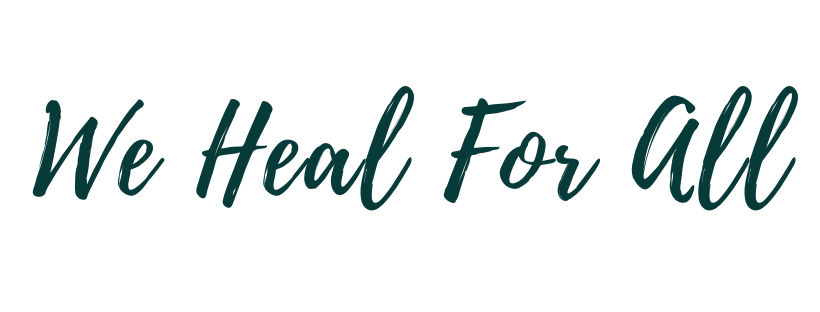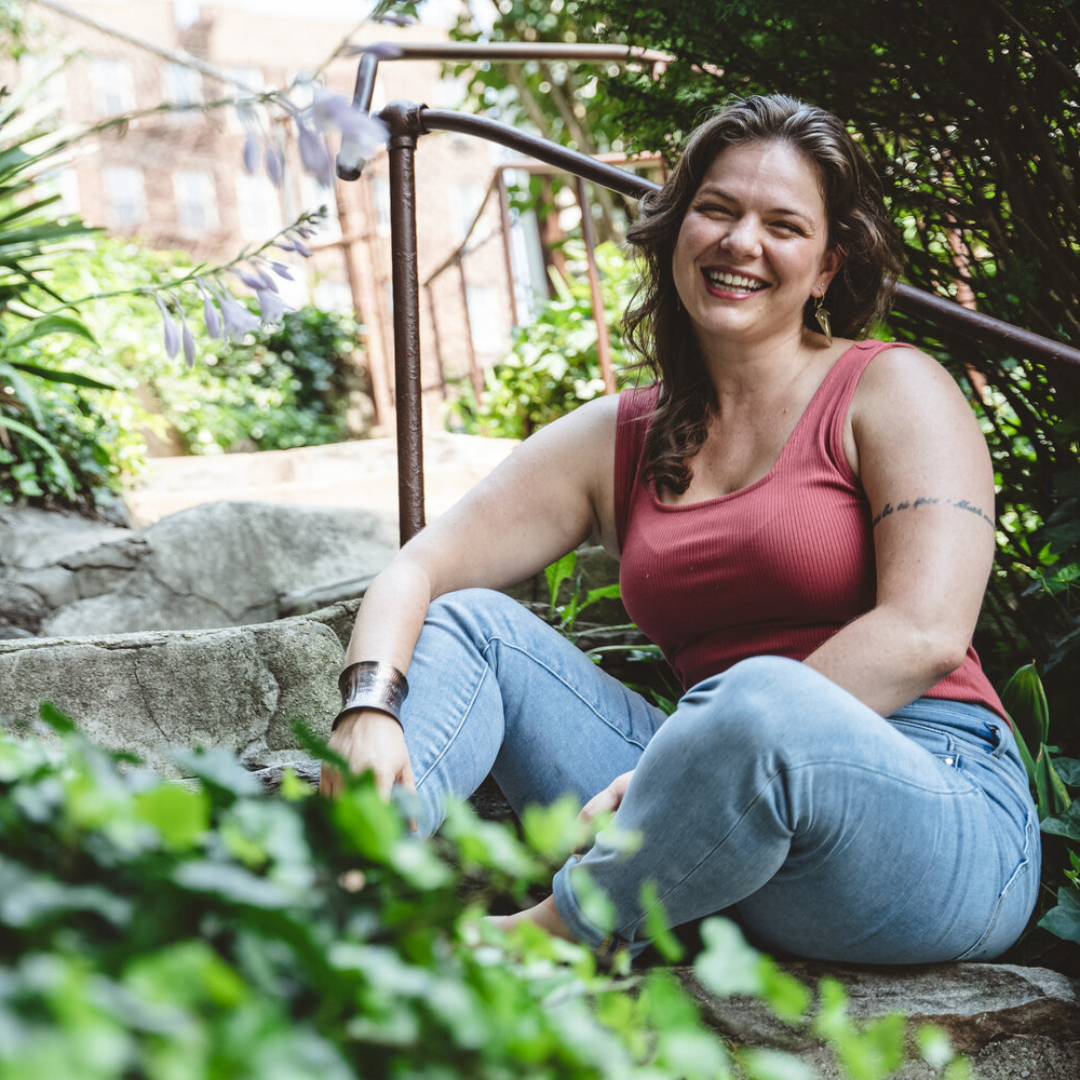Undoing aloneness: A cornerstone of healing trauma
If at any point while reading this or while exploring things in my new course, Empower yourself, dear feeler, something doesn’t feel right for you then I encourage you to please pause and step back. It may mean that you need the accompaniment of another person who is emotionally-safe to be with you as you process or understand what you’re experiencing. This is normal.
Please reach out if you’d like support finding a trauma-informed or emotions-centered therapist; or if you would like to explore working with me as a coach.
In general, children need help processing their emotions. For instance, when a baby is scared the baby cries. The parent then comes and comforts the baby by using a soothing voice to reassure her of her safety. In this way the parent’s nervous system helps the baby calm down. The parent serves as an auxiliary brain, of sorts, that helps regulate the baby’s nervous system and helps her process the emotional energy she feels.
But if for any number of reasons that type of help isn’t available when a baby is distressed, then the baby must rely on defenses to cope with what she’s experiencing. Defenses are anything we do, think, or feel that keeps us away from our emotions. They’re really creative forms of self-protection that help us cope, especially when we don’t have enough support within or outside of ourselves to process what we feel.
Therefore beginning at birth, anytime we experience overwhelming emotions without enough adult support, our nervous system becomes unable to calm down, let alone process what we feel, and instead resorts to defenses to get by. This ‘aloneness’ (lack of adult support) is the reason why defenses develop in the first place–as a protective mechanism to cope and survive–and is the genesis of trauma.
One way to define trauma is that it is any type of experience that is too much, too fast, or too soon for a person to process and integrate, which causes the emotional energy to get “stuck” in the person’s mind and body. We can think of trauma as falling into two categories: Trauma with a big “T” that is due to major catastrophic events that affect a person for years, like war, abuse, natural disasters, accidents; and trauma with a little “t,” which is caused by “repeated, sometimes seemingly inconsequential events that build up over time and eventually lead the sufferer to develop symptoms of traumatic stress (Jacobs Hendel, p.88), like neglect, bullying, losing a job, poverty, etc.
In all cases and types of trauma, when someone doesn’t have enough support or the proper resources (within or outside of themselves) to process and integrate what they feel, then their nervous system relies on the defenses and fail safes they’ve historically used to survive. Over time, what was once a helpful form of self-protection can become deeply embedded defense patterns that keep them disconnected from their body, emotions, and from others; this can lead to depression, anxiety, and other ails.
If we trace this understanding of trauma back to its roots, we can see that a big part of the genesis of trauma is being alone and under-resourced to process emotions. Therefore AEDP teaches us that an important entry point for healing is undoing the aloneness that disconnected us from our emotions in the first place. Undoing aloneness can be provided by a therapist, a friend, or anyone who understands your experience—including yourself.
This is why doing the work to better understand our emotions is such important, and frankly courageous, work to do. It is an act of undoing aloneness. By learning about emotions and better understanding our internal worlds, we can cultivate warmth towards ourselves and compassion for what we experience, especially when it’s hard. We can befriend our innermost parts and learn that we ultimately make sense.
Everyone’s path is different. Having tools and support to process emotional energy (new and old) in our minds and bodies moves us towards greater healing and vitality that’s not only of benefit to ourselves, but also to the world.
📸: Mor Shani www.unsplash.com
Hi, I’m Liz Moyer Benferhat. Writer, facilitator, coach, and development practitioner dedicated to the subtle interplay between how inner transformation feeds the outer transformation we need in the world. Welcome 🌿

